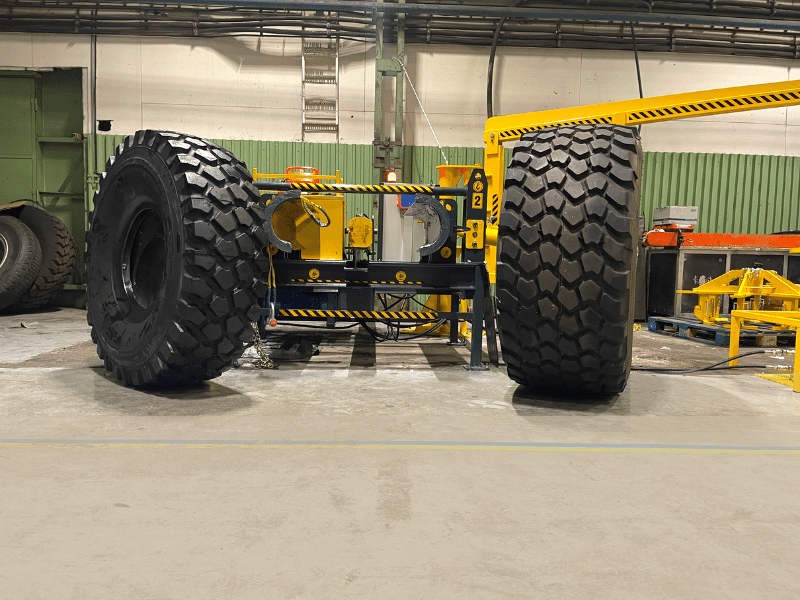A key issue for the constructors of military equipment is ensuring the mobility of military vehicles during combat. Among the major threats to their mobility are the tires which get especially damaged by vehicle-targeted fire, after running on a mine or an improvised explosive device. During the operational life of a military vehicle, a military wheel is designed to withstand high load and stresses that is called Run Flat System.
What Does Run-Flat Tire Mean?
Army vehicles have pneumatic tires which are designed to resist a deflation even after puncturing them, and which enable them to continue to be driven at reduced speeds and for a limited distance.Pneumatic tires, also known as run-flat tires, can operate without air pressure for an extended period of time, which can enable the vehicle to steer toward a safe area. Run-flat tyres have reinforced sidewalls that prevent blowout, meaning they won’t need air to stay stiff. Despite this excellent feature, sidewalls are not designed to be permanent, extra driving only is recommended for approximately 80 km after the deflated tyre.
What are the advantages of Run-Flat Tires?
Run-flat tires are an ideal solution in securing the safety of drivers and passengers when a flat occurs.They are standard on 14% of new vehicles and almost essential for the armoured and military vehicles. Whenever military vehicles are involved, it is very important for them to be able to control their behaviour when in emergency situations as well as ensure that they continue to drive normally after the tires have been damaged. Its major advantage is that run flat tires can allow the vehicle to continue operating at a reduced speed in the event of a tire deflection. Run flat tires minimize damage to the vehicle and guideway, as well as allowing for emergency tire repairs at the maintenance facility. A run-flat tire also eliminates the need for regular scheduled tire pressure checks when the monitor is included in the system and will notify the driver of possible deflation due to a minor damage.








